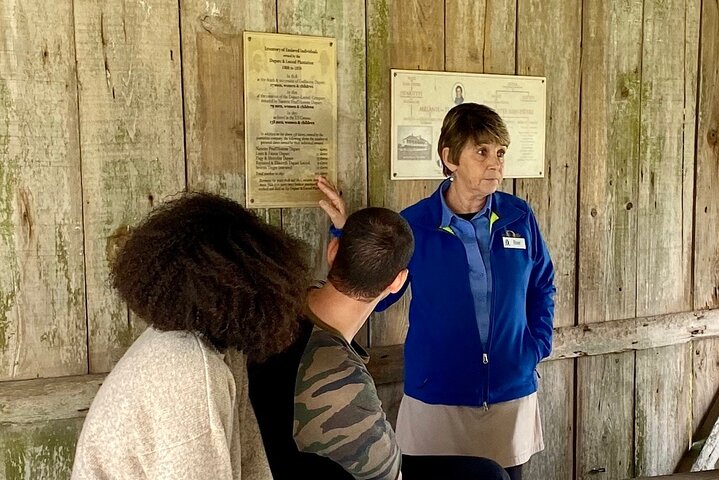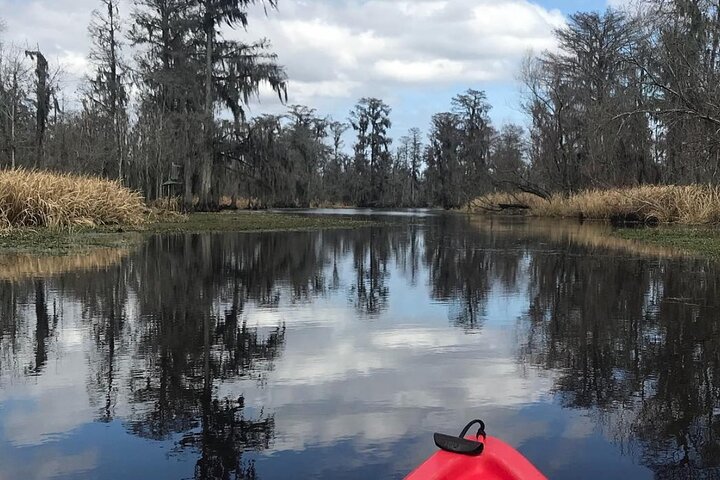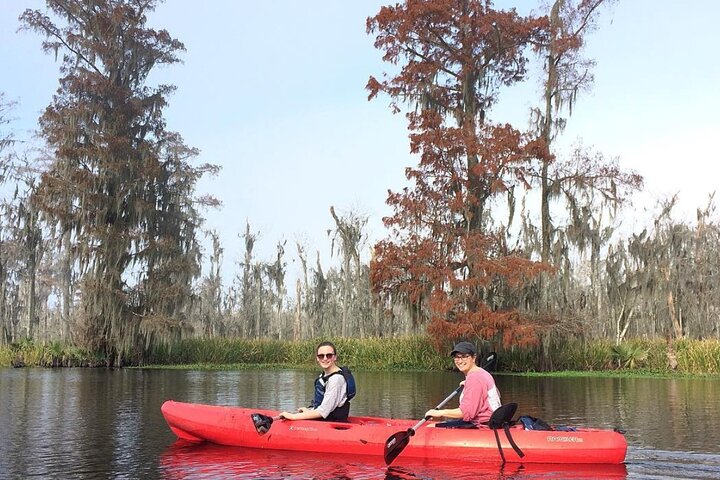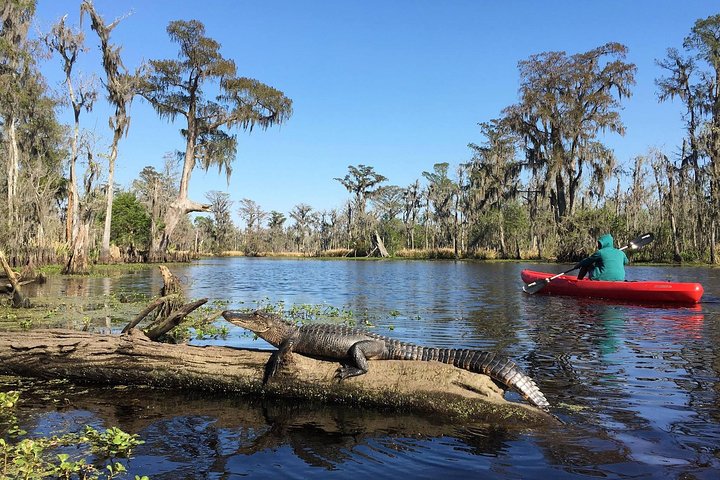Exploring the Creole Legacy: A Visit to Laura Plantation
Drawn by the promise of a rich cultural narrative, I embarked on a journey to the Laura Plantation in Vacherie, Louisiana. This experience offered a profound insight into the Creole history of the American South, revealing the intricate stories of those who lived and worked on this historic site.
A Journey Through Time: The Creole Legacy of Laura Plantation
The allure of the American South has always been a tapestry of complex histories and vibrant cultures. My recent visit to the Laura Plantation in Vacherie, Louisiana, was a profound journey into the heart of Creole history. As a cultural anthropologist, I am drawn to places where stories of the past are preserved and shared with authenticity and respect. The Laura Plantation, with its rich narrative of four generations of a Creole family, both free and enslaved, offered a unique lens into the intricate relationships that shaped this region.
Upon arrival, the warm welcome at the reception set the tone for the day. The plantation, nestled on the banks of the Mississippi River, exudes a sense of timelessness. Our guide, Lindie, a historian with a passion for storytelling, led us through the main house, gardens, and original 1840s slave cabins. Her ability to weave the personal stories of the plantation’s families with broader historical contexts was nothing short of captivating. The tour was not just a walk through history; it was an invitation to understand the cultural dynamics that defined the lives of those who lived and worked here.
The Stories That Bind Us
The narrative of the Laura Plantation is a tapestry of personal stories and historical events. Lindie’s expertise brought to life the experiences of the plantation’s owners and the enslaved individuals who labored on the land. Her balanced approach to the complex history of slavery and Creole culture was both informative and respectful. As we moved through the rooms of the Maison Principale, each space seemed to whisper tales of the past, from the architectural details to the personal artifacts on display.
One of the most poignant parts of the tour was the smaller exhibition dedicated to the enslaved people who lived on the plantation. This space, though modest, was rich with stories of resilience and survival. It was a reminder of the human spirit’s capacity to endure and adapt, even in the face of unimaginable hardship. The dedication to preserving and researching the site’s history was evident in every aspect of the tour, from the meticulously maintained grounds to the depth of knowledge shared by the guides.
Reflections on a Cultural Tapestry
As I left the Laura Plantation, I was filled with a sense of gratitude for the opportunity to engage with such a significant piece of history. The experience was a reminder of the importance of preserving cultural heritage and the stories that connect us to our past. The plantation’s commitment to research and education ensures that these narratives continue to be shared with future generations.
For those seeking a deeper understanding of Creole history and the complexities of the American South, a visit to the Laura Plantation is a must. The tour offers a rare glimpse into the lives of those who shaped this region, providing a balanced and insightful perspective on a pivotal chapter in history. As always, I encourage my readers to approach such experiences with an open mind and a willingness to learn, for it is through understanding our past that we can better appreciate the rich tapestry of cultures that define our world today.
In the spirit of cultural exploration, I highly recommend the Laura Plantation Tour for anyone interested in delving into the intricate history of Creole culture and the American South. The stories you will encounter here are not just tales of the past; they are threads that continue to weave through the fabric of our present and future.












































